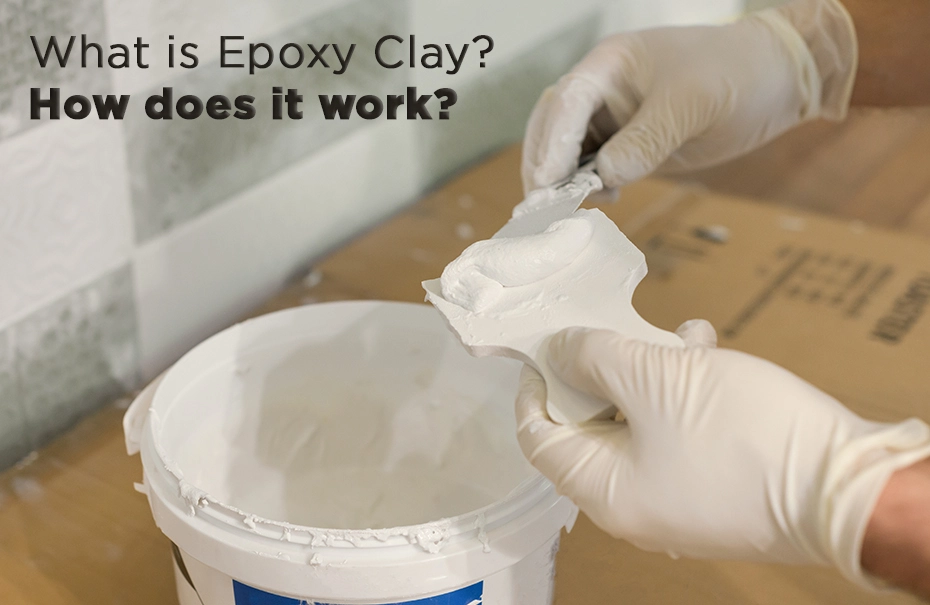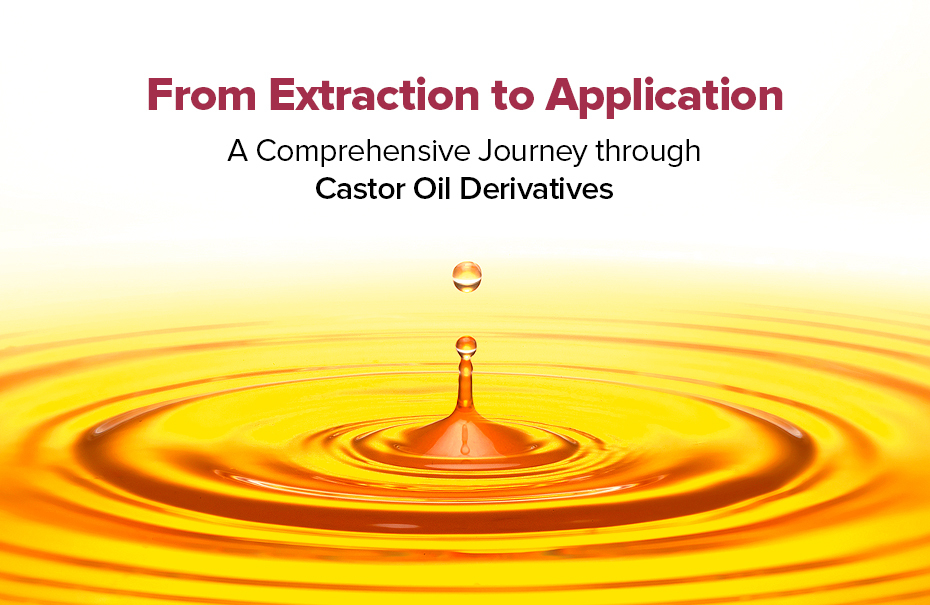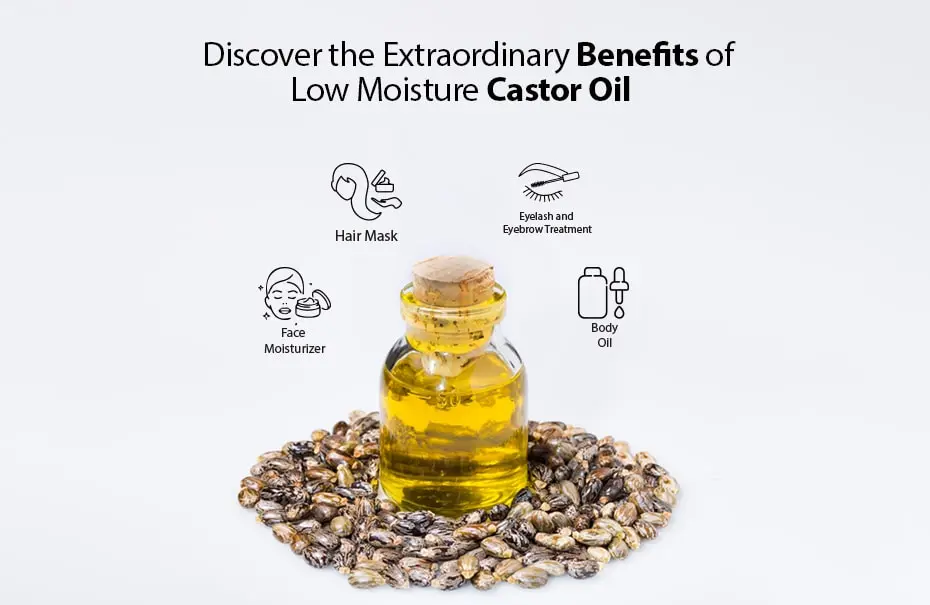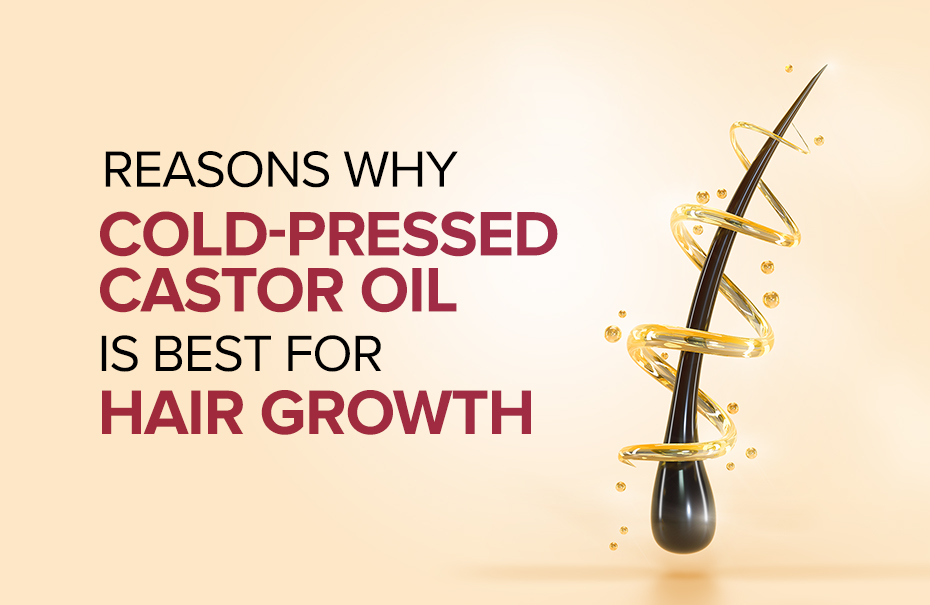What is Epoxy Clay? How does it work?

Epoxy Clay also commonly known as Epoxy Putty is no less than a saviour when it comes to repairing household materials. Every household should have a supply of epoxy clay as it can be used for versatile purposes.
Whether it is fixing a leaking pipe or putting putty in a hole, the epoxy clay can do wonders. Epoxy clay is a strong adhesive in which polymerized castor oil is an important element. Epoxy clay can interact with any surface and it is waterproof as well. The best part about Epoxy clay is that it can be moulded in any shape, cut, drilled, and is one of the easiest compounds to use.
Let us understand more about Epoxy Clay in the further sections of the blog.
What exactly is Epoxy Clay?
Epoxy clay is self-hardening clay that hardens when it gets the right temperature and time. Epoxy clay is made of two soft parts. Just like liquid resin, these two parts are mixed, and a chemical reaction takes place. In about a period of 24 hours, the clay sets itself and hardens.
In the beginning, the epoxy clay is very soft and can be kneaded and moulded quite easily. But when it is set it can be as hard as the steel.
Epoxy clay is made on the foundation of a chemical reaction. The key component in the formation of putty is a hardener. The chemical reaction will define the functioning of the putty and how quickly the hardener will set. While many users who buy the epoxy will want the clay to harden fast, there might be some users that would like to carry out detailed work and would want a clay that sets slowly so that they can work for a longer time. Many epoxies available in the market can settle down as quickly as in 5 minutes. This can be best for a repairing solution. But when epoxy clay is used by the sculptors and modal makers then the above putty will not come in handy.
Recommended: Castor Oil: An important ingredient for making Advanced Epoxy (Clay Nanocomposite)
Types of Epoxy Clay available
Epoxy clay comes in a variety of formats. But if we look at the majority of Epoxy clays available in the market then the two most common ones you will find is the putty stick and two-part putty. In the putty stick, the two components come in one handy stick and the hardener is placed in the middle of them. These are the easiest ones to use among the epoxy clays available in the market. All you have to do is simply cut the required amount of clay and knead it with your hands till the time it is not ready to use. As the putty-stick is designed in a pre-formatted manner, there is no scope of scratching your head to mix in the right proportion.
The other type of epoxy clay available in the market comes in two separate parts. In this type, one needs to cut off the required amount of clay from both parts and then mix both the parts together. Here, one has the ability to control the mixing ratios. If you use more hardener it will get dried off quickly and vice-versa.
How to Use Epoxy Clay?
The ease with which one can use epoxy clay is one of the major highlights of why it is widely used. One just has to simply mix the components by hand and apply it to the material or areas you are looking to fix. The clay is a very soft material so it can easily be pushed into any cracks, drains, etc. Once you have sealed the place properly you can leave it to dry off. When it is dried it gets so hard that you do anything it won’t pull away. You can also easily keep the remaining epoxy safely and it will stay fresh next time you wish to use it.
Conclusion
As you can see, epoxy clay is widely used for multiple purposes. If you are one of the producers of epoxy clay or are planning to step into this field then you will require quality raw products for the same. Ambuja Solvex Pvt. Ltd. is the leading castor oil manufacturer that provides quality raw products for the formulation of epoxies and other castor oil-related products for diverse industries. To know more, get in touch.



